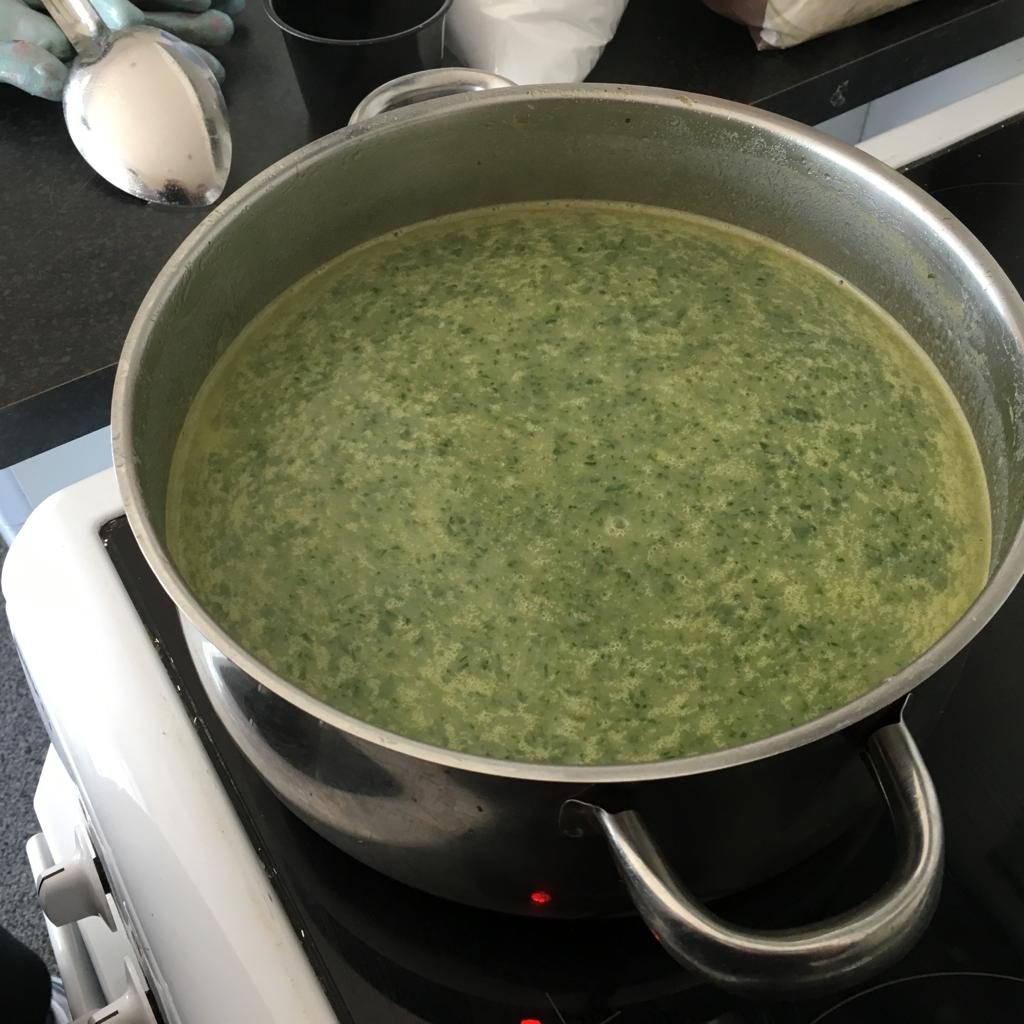Club Wild: Maths Week Scotland
Club Wild Vegetable Sale
Club Wild – Trip to Almondell and Calderwood Country Park
We had a perfect day for our trip to the County Park. Blue sky and a warm breeze. Our taxi dropped us off in the north car park and we made our way down to the river with a mini scavenger hunt to complete. One of the things on our list was 1 smooth pebble and 1 flat stone so we all had a go at skimming.
The rhodedendrums were in full flower and we were amazed by all the different colours. Bright pink, purples, orange, red, peach and white. The petals made carpets for us to walk on.
Lily smelt and picked some some wild garlic and remembered the wild garlic bread that we made at school.
Sight, smell and then noise. The river was crashing over the stones at the waterfalls. We couldn’t hear each other speak it was so loud.
We spotted frogs in the pond, dragonflies and damsel flies darting about and bees and butterflies flying from flower to flower. After a wee picnic of crisps and cake we found some amazing trees to climb. What a great afternoon!
Club Wild- Seed Bombs Away!
Club Wild – Take that nettles!
For all the times we have been stung by nettles we at club wild like to get our revenge and turn them into an amazingingly tasty soup.
Common nettle or stinging nettles are so abundant. You can find them along the edges of paths and hedges, in woodlands and disturbed ground. It’s green leaves with deeply serrated edges and stems are covered in hollow hairs which can sting.
The nettles sting to protect the plant from predators eating and weakening the plant. We know they do it for a purpose and we know that nettles are really good for butterflies and their caterpillars but still getting stung is really, really sore!
Here is our Club Wild Nettle Soup Recipe, which just about makes up for all the stings.
• 1 litre chicken or vegetable stock
Wearing rubber gloves we picked and sorted through the nettles. Back at school we then washed them and drained in a colander.
Remove from the heat. Using an electric hand-held stick blender, purée the soup and then season with salt and pepper.
Courier Fame!
Read the fantastic article that Sarah-Jane submitted to the West Lothian Courier about our Mad Hatter’s Tea Party.
https://www.dailyrecord.co.uk/news/local-news/west-lothian-schools-mad-hatters-15659471
Club Wild – Houses complete and ready for families!
Club Wild – Spring is in Air
At club wild we have been thinking about the seasons and the warmer, lighter and greener days that spring and summer will bring. In January and February Mother Nature is already leaving us clues telling us that change is on the way.. Spring is coming!
We found the flowers of hazel, alder and birch trees, drooping down in bright yellows. If you look closely you can also see the tiny pink female flowers next to the yellow catkins.
It is always nice to see clumps of snowdrops, the first flowers of the year. Green shoots are emerging everywhere and plants like Blubells shoot up early so they can get maximum light before the trees get their leaves.
Some trees are already showing leaves as they burst from their buds. We found bright purple Elder leaves and furry buds of Willow and Rowan.
Another way we can tell spring is on the way us by listening too and watching the birds. They will be very busy soon building their nests.







































